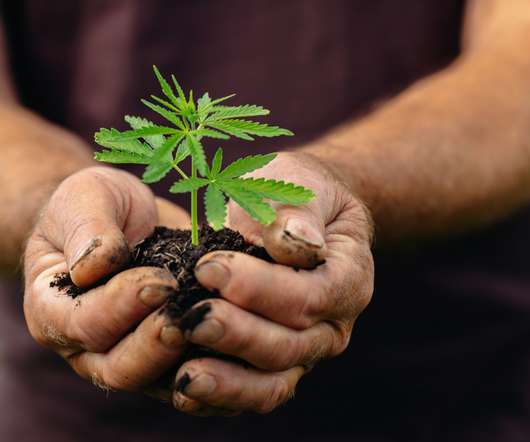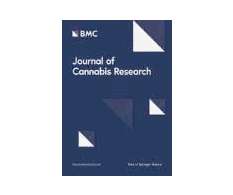What are cannabis chemovars and chemotypes?
The Cannigma
JUNE 29, 2021
Researchers conducting survey based studies today often only have access to the THC concentration of the cannabis that their participants are using. For example, Type 1 cannabis is THC dominant. Type I cannabis is THC dominant, Type II has a roughly 1:1 ratio of THC and CBD, and Type III is CBD dominant.














Let's personalize your content